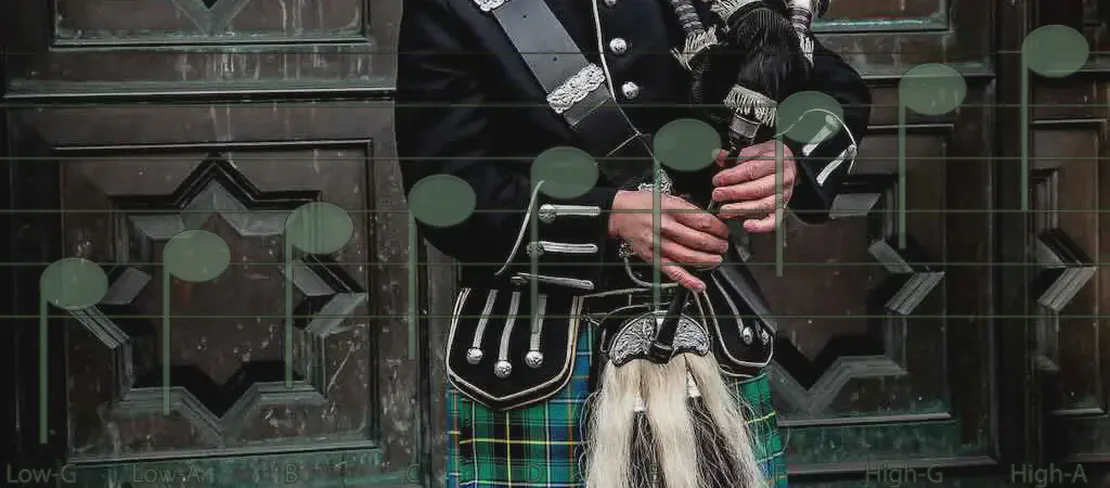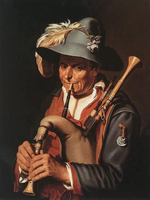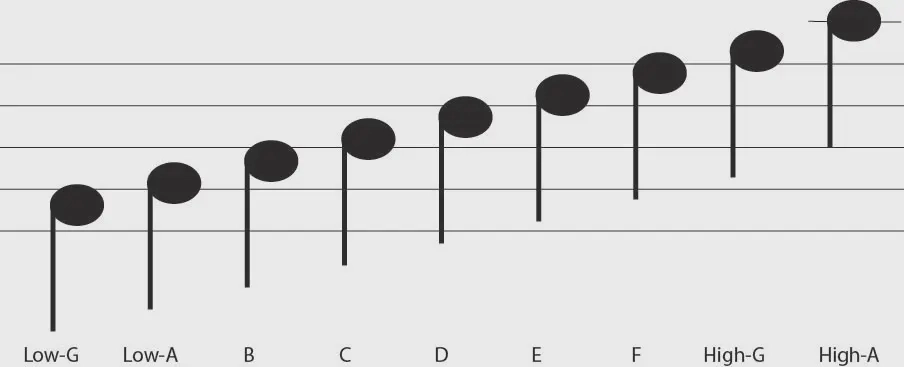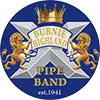- Articles
- March 17, 2024

The bagpipe, specifically the Great Highland Bagpipe, which is the most well-known type of bagpipes outside Scotland, typically uses a mixolydian scale.

The scale of the Great Highland Bagpipe has nine notes, ranging from G to A, one octave higher, with all the notes being natural except for F, which is sharp. Here’s how the scale looks:
- Low G
- Low A
- B
- C
- D
- E
- F#
- High G
- High A

The bagpipe chanter (the melody pipe) does not have keys or valves, so the scale is fixed, and the chanter produces a continuous sound, with melody played by covering and uncovering the holes on the chanter. The mixolydian scale of the bagpipe gives it its distinctive sound, which is different from the major and minor scales commonly used in Western music.
The Mixolydian mode is common in non-classical harmony, such as folk, jazz, funk, blues, and rock music.


